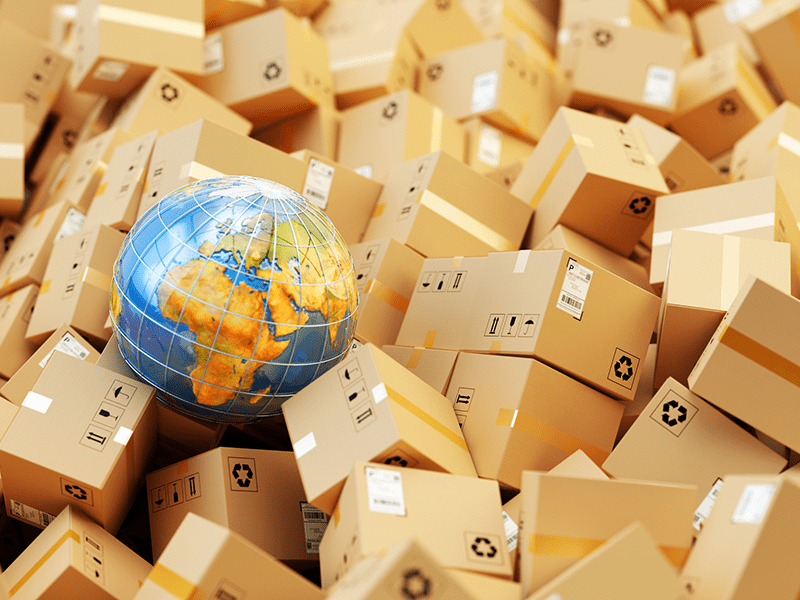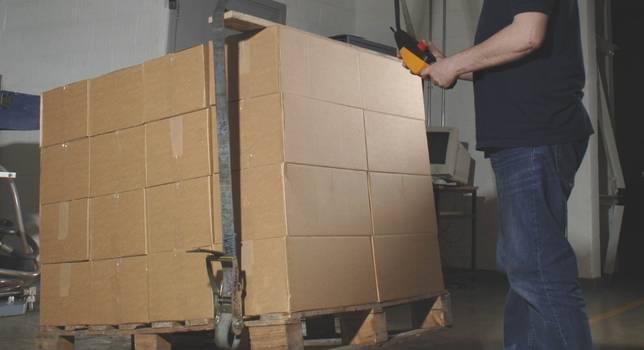It’s been ten years since e-commerce giant Amazon released its frustration-free packaging certification.
E-commerce has only grown since then: Online sales are expected to comprise 14.6% of total commerce by 2020. Here are five important steps to take in order to be successful in the e-commerce world.
1. Optimize packaging.
In the early days of e-commerce, a product’s packaging was innocuous as long as the product itself didn’t break. These days, this simplistic thinking can cost you both money and customer respect. Using an oversized box crammed with excessive void filler can rack up shipping costs, increase likelihood of
product damage, and make for an annoying opening process for the customer. An effective, efficient package can reduce waste,
cost, damage, and customer frustration.
2. Take advantage of expanding markets.
A product purchased online can face altitude,
extreme temperatures, many handling points, and other adverse conditions on its journey to the customer’s door. However, the growth of e-commerce has led to a greater number of transportation options, giving you the resources you need to design a route that delivers your product intact to your customers efficiently.
3. Be mindful of environmental concerns.
Sustainability is an increasingly common and important goal for businesses. A sustainability overhaul can seem like a major hurdle, but it often results in a number of benefits, including time and cost savings and conservation of natural resources, which is an important consideration for many modern consumers.
4. Consider your branding.
A uniquely designed package is an opportunity to delight your customer and help them build a relationship with your brand. Fresh design and execution can take time, but a memorable package creates a lasting impression that improves brand perception and helps you stand out against your competitors. In a retail environment, that final package is easily visible. In the e-commerce supply chain, your package may be packed in various boxes with packing materials surrounding it. Minimizing packaging while keeping a top brand impression upon arrival is critical.
5. Familiarize yourself with Amazon’s frustration-free packaging initiative.
Amazon uses a three-tiered system to classify packaging based on three main pillars: easy to open without an Amazon Overbox, designed to minimize damage or defects, and made with sustainable, curbside-recyclable materials. Meeting these certification standards helps the shipping process go smoothly.
Read more and get a reference chart >
Investing in
package testing and consulting can help your business achieve your goals related to all five of these factors. The experts at Smithers can help you choose the optimal materials and design for your packaging and design a
testing program that simulates the rigors of your chosen supply chain to ensure smooth and efficient delivery.


